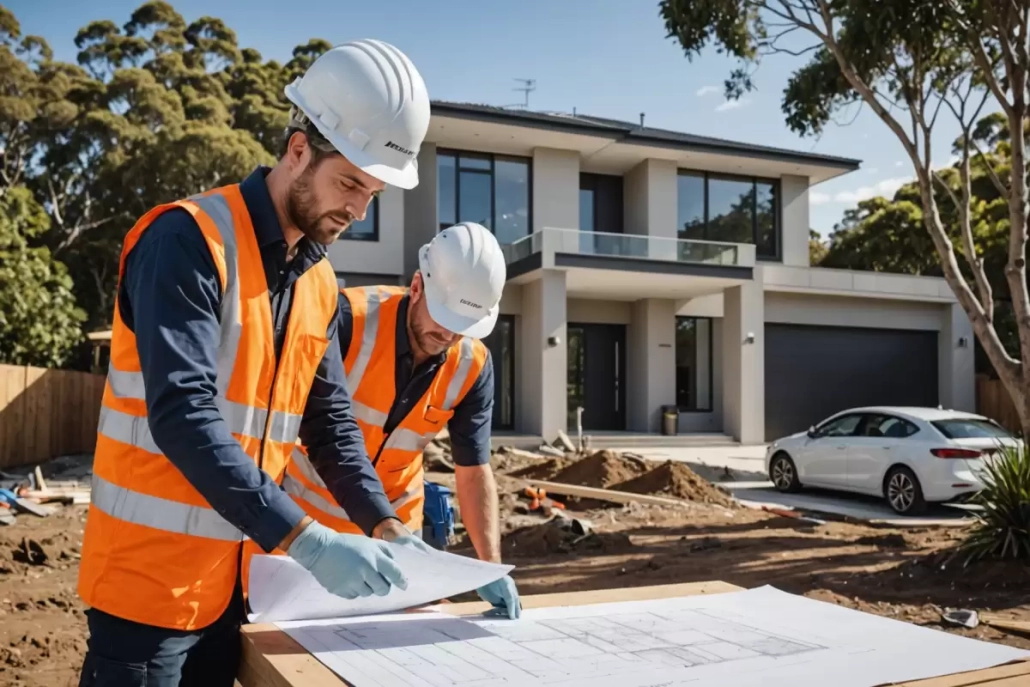Essential Safety Measures for Construction Sites: Protecting Lives and Livelihoods
Safety should be a top priority for everyone involved in the construction industry, whether you’re working on a site or have a loved one who is. In Australia, construction ranks as the third-largest industry by employment and its contribution to the country’s GDP (Gross Domestic Product). However, it’s also the third most dangerous industry in the country.
The majority of these injuries and fatalities could have been prevented with the proper training and safety protocols. Below are the top three essential safety measures every construction site should implement:
1. Provide Proper Training
One of the basic legal requirements for all construction workers is to complete white card training, also known as OHS Construction Induction Training or “Prepare to Work Safely in the Construction Industry.” Upon completing this training with a registered training organization (RTO), workers receive a SafeWork NSW card, recognized nationally across Australia.
Additionally, Service NSW has recently launched a digital white card that can be linked to your Service NSW account for convenience.
While the white card represents the minimum legal requirement, employers should also provide site-specific induction training. This training should highlight potential risks specific to the project and act as a refresher for both staff and subcontractors. Many accidents happen because workers become complacent about site safety, overlooking standard safety protocols.
2. Implement a Risk Management Plan
Construction work is inherently high-risk. While it’s impossible to eliminate all safety risks, many common hazards can be avoided by implementing a comprehensive risk management plan. This plan should include identifying potential hazards and outlining control measures to mitigate those risks.
For example, electrocution is one of the leading causes of death on construction sites in NSW. To enhance electrical safety, employers should use UL-approved electrical products, employ Ground-Fault Circuit Interrupters (GFCIs) for protection, and instruct workers to maintain a safe distance from overhead and underground power lines.
Falls from heights are another common cause of injury and death that can be mitigated with proper fall-protection systems, such as safety harnesses, regular scaffolding inspections, and fall protection barriers around staircase voids.
3. Prepare a Safe Work Method Statement (SWMS)
Before beginning any construction work, especially on projects involving high-risk activities, builders should prepare a site-specific Safe Work Method Statement (SWMS). High-risk construction work includes activities that pose significant safety hazards, such as using explosives or working in confined spaces.
The SWMS should be easy to understand and outline the following:
- The work to be carried out
- The hazards and associated risks
- The control measures to be implemented, monitored, and reviewed
Strict adherence to the SWMS is crucial for everyone working or visiting the construction site.
Having been in the industry for many years, we’ve witnessed several near-misses that could have resulted in fatal injuries. While some incidents may be considered freak accidents, many could have been easily prevented with the right safety precautions.
Always Prioritise Safety on Construction Sites
There’s no doubt that construction workers have made significant contributions to Australia’s economy, but this shouldn’t come at the expense of their safety. As a construction company, we have a responsibility to ensure the health and well-being of our team and subcontractors by prioritising safety measures.
Need help implementing these safety measures? Book a free consultation with Magico Constructions and ensure your project meets the highest safety standards.

 Magico Constructions
Magico Constructions Magico Constructions
Magico Constructions
